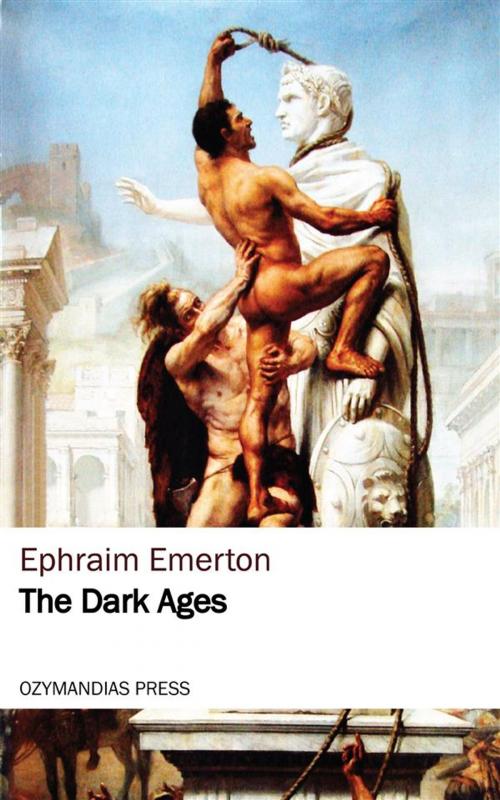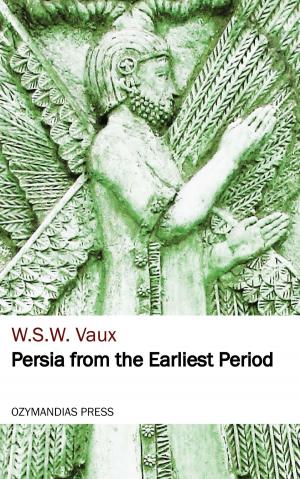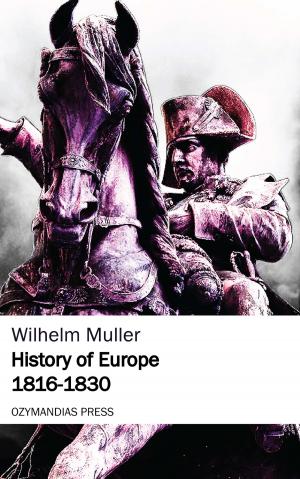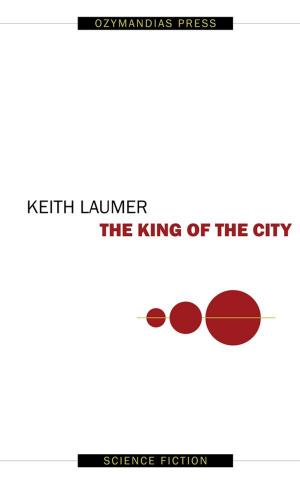| Author: | Ephraim Emerton | ISBN: | 9781531279424 |
| Publisher: | Ozymandias Press | Publication: | May 26, 2016 |
| Imprint: | Language: | English |
| Author: | Ephraim Emerton |
| ISBN: | 9781531279424 |
| Publisher: | Ozymandias Press |
| Publication: | May 26, 2016 |
| Imprint: | |
| Language: | English |
THE two peoples with whom we are to deal in this book are the Romans and the Germans, The Aryan branches of the Aryan or Indo-European race of men. There were eight principal branches of this race, five of which had their homes in Europe, and three in Asia. It is generally believed that at some very distant time, so far away that we have no record of it, these different branches all formed one people and lived somewhere in Western Asia, between the valley of the Euphrates and the valley of the Indus. Then, still before any written history, the race moved away from its home, and one part of it passed westward, probably by way of the opening between the Ural Mountains and the Caspian Sea, into Europe; another remained settled in the Tigris-Euphrates valley; while a third part went to the east and south, down the Indus, into the valley of the Ganges. This branch became the great Indian race, which used the Sanskrit language, and which has preserved in its literature some traces of its wanderings. The second group comprised the Medes and the Persians, who successively controlled the Euphrates country and whose descendants live there to this day.
Of the five branches into which the European portion divided, the Kelts seem to have been in the advance and were probably pushed by the others towards the west until they came to live in the British Islands, in France, and Spain. Next behind them were the Germans, who filled in all the central part of Europe, from the Alps northward to the sea and spread out over the coasts of Scandinavia. Beyond the Germans, to the east, were the Slavs, a race which has never formed a united government for itself, but has mingled with other races, and forms to this day a large part of the population in Russia, Austria, Hungary, and the Danube provinces. Farther to the south came the Italians and the Greeks, whose homes you will have no difficulty in remembering. It is only about a hundred years since men began to think that all these races might be parts of one single family, and it is much less than that since we have become tolerably certain of it. The chief reason for believing in the unity of the Indo- European race, is that all the languages spoken by the various branches have so many root-words alike, that we can hardly believe that they are not derived from one common language.
But however much alike they may once have been, they early became marked by very great differences. The Greeks and Italians had come into warm and fertile countries, where agriculture was easy and where a very long coast-line with many harbors tempted them to a seafaring life. The northern branches, on the other hand, had come to a country where everything was opposed to civilization, where dense forests or endless marshes covered the ground, where long and hard winters made even the maintenance of life a hard struggle, and where a rough and dangerous northern sea offered them no attractions on its farther shore to offset the peril of the voyage...
THE two peoples with whom we are to deal in this book are the Romans and the Germans, The Aryan branches of the Aryan or Indo-European race of men. There were eight principal branches of this race, five of which had their homes in Europe, and three in Asia. It is generally believed that at some very distant time, so far away that we have no record of it, these different branches all formed one people and lived somewhere in Western Asia, between the valley of the Euphrates and the valley of the Indus. Then, still before any written history, the race moved away from its home, and one part of it passed westward, probably by way of the opening between the Ural Mountains and the Caspian Sea, into Europe; another remained settled in the Tigris-Euphrates valley; while a third part went to the east and south, down the Indus, into the valley of the Ganges. This branch became the great Indian race, which used the Sanskrit language, and which has preserved in its literature some traces of its wanderings. The second group comprised the Medes and the Persians, who successively controlled the Euphrates country and whose descendants live there to this day.
Of the five branches into which the European portion divided, the Kelts seem to have been in the advance and were probably pushed by the others towards the west until they came to live in the British Islands, in France, and Spain. Next behind them were the Germans, who filled in all the central part of Europe, from the Alps northward to the sea and spread out over the coasts of Scandinavia. Beyond the Germans, to the east, were the Slavs, a race which has never formed a united government for itself, but has mingled with other races, and forms to this day a large part of the population in Russia, Austria, Hungary, and the Danube provinces. Farther to the south came the Italians and the Greeks, whose homes you will have no difficulty in remembering. It is only about a hundred years since men began to think that all these races might be parts of one single family, and it is much less than that since we have become tolerably certain of it. The chief reason for believing in the unity of the Indo- European race, is that all the languages spoken by the various branches have so many root-words alike, that we can hardly believe that they are not derived from one common language.
But however much alike they may once have been, they early became marked by very great differences. The Greeks and Italians had come into warm and fertile countries, where agriculture was easy and where a very long coast-line with many harbors tempted them to a seafaring life. The northern branches, on the other hand, had come to a country where everything was opposed to civilization, where dense forests or endless marshes covered the ground, where long and hard winters made even the maintenance of life a hard struggle, and where a rough and dangerous northern sea offered them no attractions on its farther shore to offset the peril of the voyage...















